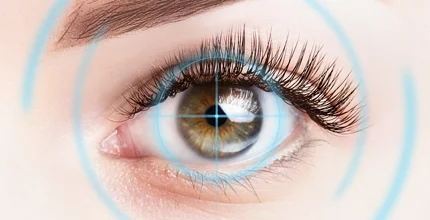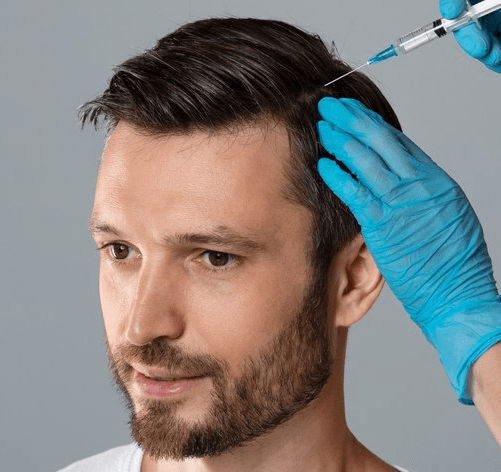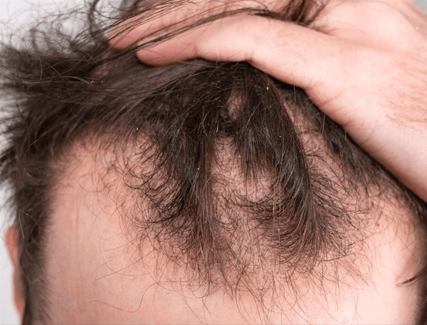LASEK (Laser-Assisted Sub-Epithelial Keratectomy) is a popular vision correction procedure offered in many top eye clinics across South Korea. It’s ideal for patients with thin corneas or dry eyes who may not be good candidates for LASIK. But what happens if your vision changes years later or if you’re not fully satisfied with the initial results?
A common question among international patients is:
👉 Can you undergo LASEK surgery more than once?
The short answer: Yes — in many cases, a second LASEK (or an enhancement procedure) is possible, but it depends on specific medical criteria. Here’s a detailed guide to LASEK enhancements in Korea, including safety, eligibility, timing, and what to expect during your follow-up care.
👁️ What Is a LASEK Enhancement?
A LASEK enhancement refers to a repeat laser correction procedure that fine-tunes your vision after the initial surgery. It may be recommended if:
- You experience a partial regression (blurry distance or near vision)
- Your eyes didn’t fully respond to the initial treatment
- Your vision was under-corrected or over-corrected
- You develop new vision problems years after surgery (due to aging or prescription changes)
These adjustments are far less invasive than the original surgery and are typically done with customized laser mapping.
🏥 Do Korean Clinics Offer LASEK Enhancements?
Yes — many of Korea’s top eye centers, particularly in Seoul and Busan, provide LASEK touch-up or enhancement procedures, especially for past patients. International patients can also request enhancements during return visits or as part of extended aftercare packages.
Some clinics include free or discounted enhancements within 1 to 3 years post-op, depending on your results and recovery.
🧪 Am I Eligible for a Second LASEK?
Not everyone can undergo repeat LASEK. Korean ophthalmologists will assess several factors before approval:
| Eligibility Criteria | Requirements |
|---|---|
| Corneal thickness | Must have enough corneal tissue left for another laser pass |
| Healing status | Original surgery site must be fully healed (usually takes 6–12 months) |
| Eye health | No signs of keratoconus, severe dry eye, or corneal haze |
| Vision stability | Prescription should be stable for at least 6 months |
Tip: Ask your Korean clinic to perform a full corneal tomography and topography scan during your follow-up evaluation.
⏳ When Can You Get LASEK Again?
Timing matters. Most Korean ophthalmologists recommend waiting at least 6 to 12 months after your initial LASEK before considering enhancement. This ensures:
- Your epithelium has fully regenerated
- The cornea has stabilized
- Accurate measurements for retreatment can be made
If you’re visiting Korea only temporarily, clinics can schedule post-op checks and assess enhancement options during your stay — or plan for a future return.
🛫 Can Medical Tourists Get Enhancements in Korea?
Absolutely. Korean clinics are well-equipped to manage enhancement procedures for returning international patients, especially those who had the original surgery in Korea. Here’s how it works:
📋 For Returning Patients:
- Clinic reviews your initial surgery records
- You undergo a full eye exam (vision test, corneal mapping, etc.)
- Enhancement is scheduled if you’re eligible
- Minimal downtime: most patients fly home within 3–5 days after touch-up
📋 For New Patients:
- You can still get evaluated and treated
- Clinic will request old surgical records or pre-op prescription
- More tests may be needed to ensure candidacy
⚠️ Risks of a Second LASEK Surgery
While enhancements are generally safe, they do carry some risks, especially with repeated laser exposure.
Possible risks:
- Slower healing than first surgery
- Increased dry eye symptoms
- Haze or scarring if not properly managed
- Overcorrection or undercorrection
- Corneal thinning (in rare cases)
That’s why Korean clinics perform high-resolution corneal mapping (Pentacam, Orbscan) and conservative laser settings for enhancements.
💰 How Much Does a LASEK Enhancement Cost in Korea?
Costs vary depending on clinic policies and whether you’re a returning patient:
| Patient Type | Approximate Cost |
|---|---|
| Previous patient (within 1–3 years) | Often free or KRW 300,000–600,000 (USD $200–$450) |
| New patient | KRW 1.2M–2.5M (USD $900–$1,800) depending on exams and customization |
| Premium wavefront-guided enhancement | Additional KRW 500,000–800,000 (USD $350–$600) |
Tip: Ask about enhancement warranties or touch-up coverage in your original surgery package.
🧳 What’s the Recovery Like After a Second LASEK?
Recovery is often similar to the first procedure — but sometimes slightly slower, especially if your eye has more sensitivity or dryness.
What to expect:
- Discomfort for 2–3 days
- Vision fluctuations for 1–2 weeks
- Protective lenses and medicated drops
- Return to work/travel in 4–5 days
Most patients report improved vision within 1–2 weeks after enhancement.
✅ Summary: Can You Have LASEK Twice?
Yes — a second LASEK surgery (enhancement) is possible and commonly performed in Korea, provided you meet certain medical criteria. Korean clinics use cutting-edge diagnostic tools and custom laser mapping to ensure safe, effective retreatment — even for international patients.
🧭 Final Tips for International Patients Seeking LASEK Enhancement in Korea
| Action | Why It Matters |
|---|---|
| Get your original surgical records | Helps the Korean clinic assess retreatment needs |
| Schedule at least 1 week for travel | Allows time for exams + recovery |
| Ask about enhancement policies before surgery | Choose a clinic that offers free/discounted touch-ups |
| Consider long-term vision goals | Some choose ICL or PRK if LASEK isn’t possible again |
✨ Looking for a LASEK clinic in Korea that offers enhancement-friendly packages for foreign patients?
I can help you find top-rated eye centers with transparent pricing, English-speaking support, and long-term care options. Just let me know your preferences!




